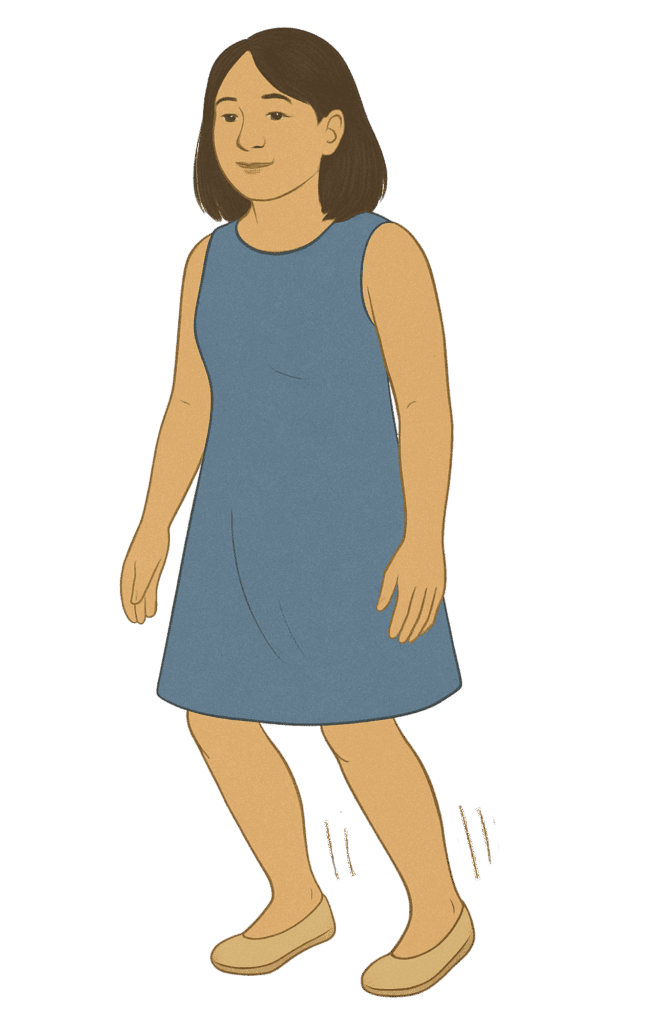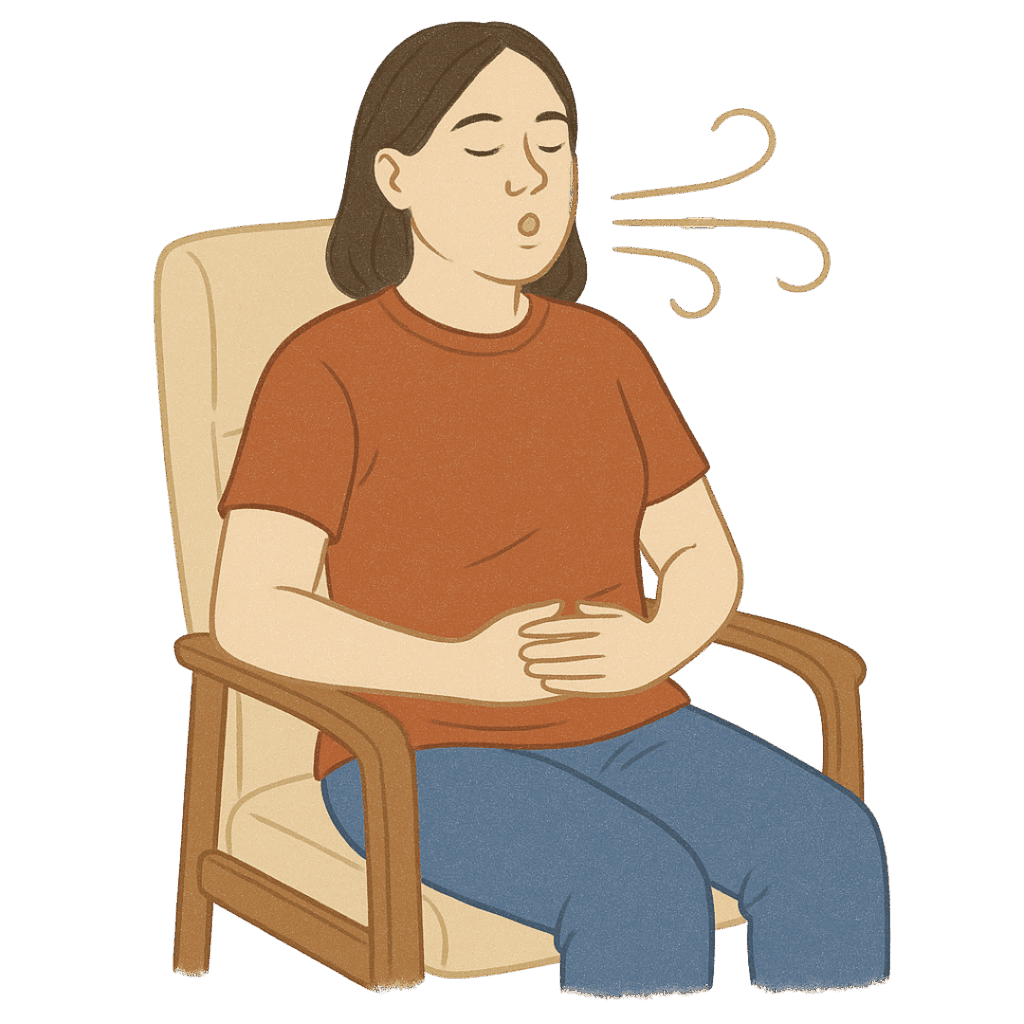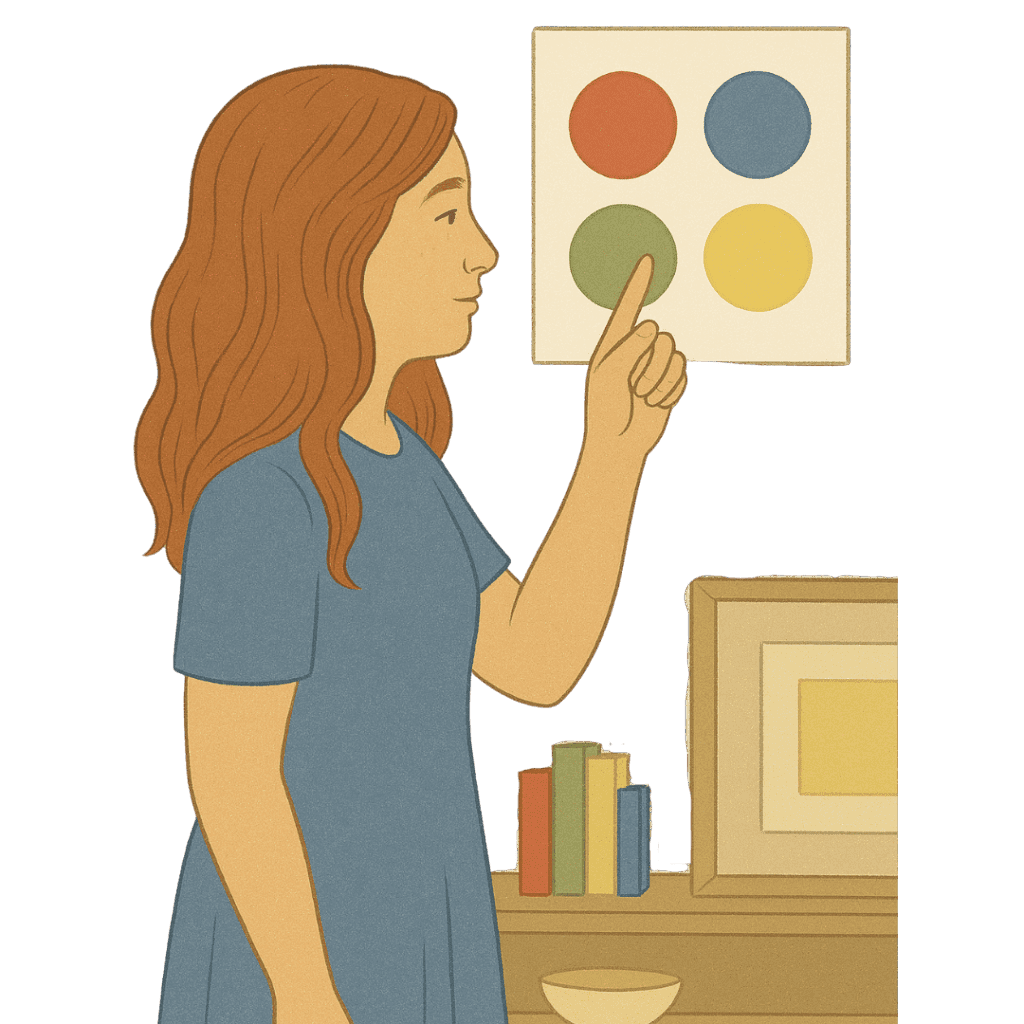TAKE OUR RELEASE CLASS
TUNE IN TO THE PODCAST
BROWSE MORE RESOURCES
I’m a neuroscience and trauma-informed coach and the founder of Regulated Living. What you’ll find here are the tools, resources, and support I wish I had earlier in my own healing journey.
Hi! I'm Amanda
My 3 Favorite Regulation Tools (And Why They Work)
If you’ve landed on this blog you’ve likely heard the phrase “regulate your nervous system” more than once. But what does that really mean—and what does it actually look like in daily life?
As a nervous system and mental health practitioner, and as someone who has personally navigated this healing path, I’ve learned that having simple, reliable tools can make all the difference. Today, I want to share my three favorite regulation tools—the ones I consistently turn to in my daily life to help settle or reset when my body and mind start to feel overwhelmed.
These are simple, science-backed practices that don’t require any fancy equipment or hours of free time (because who has that?). They’re accessible, effective, and they work with your biology—offering tangible support when you need it most.
Understanding Your Nervous System: A Quick Review
Before we dive into the tools, let’s briefly touch upon what we’re working with. Think of your autonomic nervous system (ANS) as your body’s background manager, taking care of vital functions like breathing and heart rate without you thinking about it. When it comes to feeling stressed or calm, two main branches are at play:
- The Sympathetic System (Your ‘Accelerator’): This is your ‘fight-or-flight’ response. It kicks in during stress, giving you an energy boost, but also brings a faster heartbeat, tension, and feelings like anxiety or irritability.
- The Parasympathetic System (Your ‘Brakes’): This system helps you ‘rest-and-digest’ and feel socially connected. It promotes calm and safety, with the vagus nerve being a major player in this calming process.
Often, chronic stress or difficult experiences can leave our ‘accelerator’ pressed down, or even cause us to ‘freeze’ and shut down. The tools we’ll explore are designed to help you gently use your ‘brakes,’ activating your parasympathetic system to find a more balanced and regulated state.
My 3 Favorite Regulation Tools
1. Heel Drops
What it is: A gentle movement where you raise up onto your toes (lifting your heels), then let your heels drop to the floor with a small, controlled thud. This sends calming signals to the body and brain by stimulating proprioception input and the vagus nerve through vibration.
How to try it:
- Stand with feet hip-width apart.
- Slowly lift your heels off the ground so you’re standing on your toes.
- Let your heels drop naturally and firmly back down with a small thud.
- Let the impact gently reverberate through your legs.
- Repeat 10–20 times at a steady pace, breathing slowly.

Why it works: Heel drops create gentle, repetitive impact that stimulates the proprioceptive system (your body’s internal GPS). That input is relayed to the brain via the spinal cord and vagus nerve, helping you feel grounded and present. It also activates mechanoreceptors in your joints and fascia, which can signal safety and calm to the nervous system—especially when you’re feeling frozen, dissociated, or unsteady.
Why I love it: It’s easy to do anywhere, takes less than a minute, and can be incredibly grounding. I can do it barefoot in my kitchen or quietly in a corner before a big event. Unlike more intense movement, it regulates without overstimulating—making it a good fit for freeze or shutdown states too. The rhythmic impact of the heel drop sends signals of safety and “here-ness” to the brain, helping shift me out of a dissociative, anxious, or frozen state.
When I use it: When I feel pent-up stress I can’t explain, after a hard conversation, or during an afternoon energy crash. I’ve also felt it to be helpful when I feel ungrounded, disconnected, or like I’m “floating” or freezing. I also turn to this practice when I want a fast, body-based way to come back to the present moment.
2. The Physiological Sigh
What it is: A natural reflex the body uses to reset—two short inhales through the nose followed by one long exhale through the mouth.
How to try it:
- Repeat 2–5 times as needed.
- Inhale fully through your nose.
- Take a second short inhale right on top of the first.
- Exhale slowly and fully through your mouth.

Why it work: This isn’t just any breath; it’s a pattern our bodies naturally and spontaneously use to offload carbon dioxide and rapidly soothe stress. Research from neuroscientists like Dr. Andrew Huberman at Stanford highlights that the double inhale maximally inflates the tiny air sacs (alveoli) in our lungs. The subsequent extended exhale then helps expel more CO2 effectively. This process directly signals the brain to slow down the heart rate and powerfully activates the parasympathetic (calming) branch of our nervous system via the vagus nerve.
Why I love it: It’s quick, efficient, science-backed, and can be done discreetly anywhere. It is one of the most effective breathwork tools for down-regulating the nervous system. Research shows that the physiological sigh can help reduce anxiety and brings the body back into parasympathetic (rest-and-digest) mode with just 1-3 breaths.
When I use it: When I’m overwhelmed, overstimulated, when I notice my breathing has become shallow due to stress, or trying to fall asleep.
3. Color Spotting (Visual Orienting)
What it is: A simple practice of intentionally looking around your environment to name and notice specific visual details—especially colors, textures, or patterns.
How to try it (Color Spotting version):
- Continue for 30–90 seconds.
- Pick a color—any color.
- Slowly scan your surroundings and silently count, notice, or name everything you see that matches that color.

Why it Works: When we’re anxious or stressed, our vision often narrows into “tunnel vision,” a primal response to focus intently on a perceived threat. Deliberately broadening our gaze and ‘orienting’ to our environment by noticing specific, neutral details engages our peripheral vision. This is a powerful cue to the brainstem (a very old, instinctual part of our brain) that we are safe enough to look around and take in our surroundings. This helps to down-regulate an overactive sympathetic nervous system and gently activate the ventral vagal (safe and social) pathways. Color spotting specifically also offers as a cognitive distraction.
Why I love it: It helps me re-anchor into the present moment when my thoughts are racing or my body feels panicked. Our eyes are wired to scan for danger in states of dysregulation—so orienting helps redirect that energy to safety. It signals to the brain: “You’re here. You’re safe.”
When I use it: When I feel overwhelmed in public, stuck in my head, or caught in a loop of anxious thoughts. It’s something I also do proactively a few times a day, especially when doing a lot of computer work.
Why These Tools Matter
Nervous system regulation isn’t just about “feeling calm”—it’s about giving your body what it needs to shift out of survival mode and into a place where healing, connection, and growth can actually happen.
When you find tools that resonate with your system, they become anchors. They don’t fix everything—but they give you something to reach for when the waves hit.
So start small. Pick one tool. Try it today. Notice how your body responds.
Want More Tools Like This?
If you’re looking for daily regulation practices, nervous system education, and a supportive community of people on a similar journey—check out the Regulated Living Membership.
You don’t have to figure this all out alone. Your body has an incredible capacity for healing. We’re here to help you learn how to support that process.
This article is for informational purposes only and is not a substitute for professional medical advice, diagnosis, or treatment. Always seek the advice of your physician or qualified mental health provider with any questions you may have regarding a medical condition.
Leave a Reply Cancel reply
Terms and Conditions
site CREDIT
© COPYRIGHT 2025. ALL RIGHTS RESERVED.
A mental health newsletter that feels like a deep breath: simple, grounding, and here to remind you that healing is possible.
The Weekly Rewire
Navigate
FAQs
About
Home
Regulated Living provides neuroscience-backed mental health coaching to help you regulate your nervous system and reclaim your life from anxiety and depression.
Contact
Heal
Learn
Release Class
Membership
1:1 Coaching
Retreats
Podcast
Blog
Freebies
Book
COPYWRITER
Paragraph